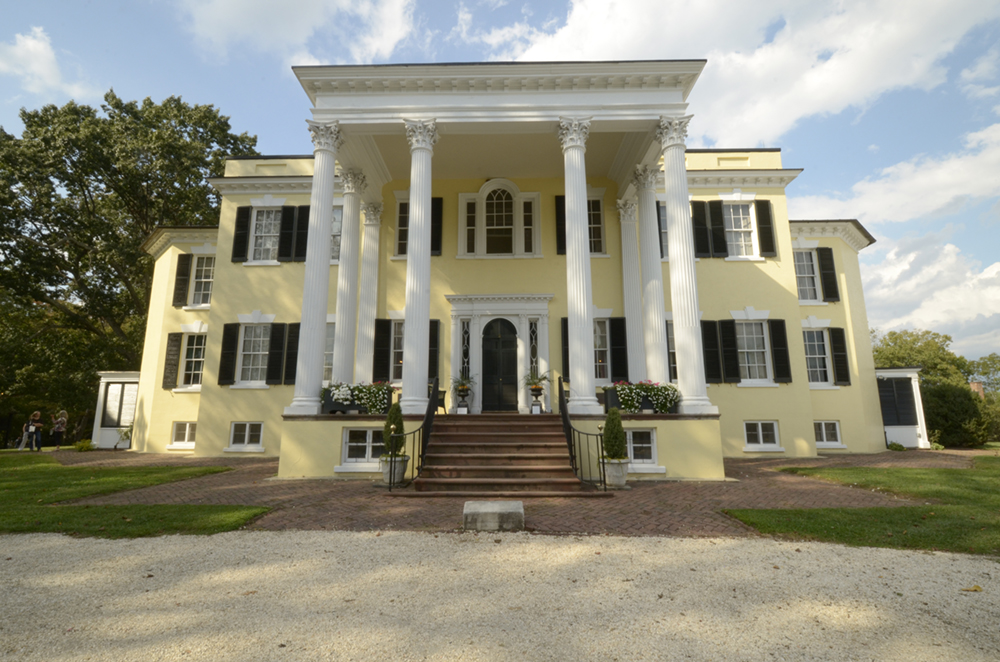History is alive in Loudoun

Loudoun may be known as DC’s Wine Country but it is also steeped in history and home to numerous sites and villages that preserve America’s heritage and give both visitors and residents alike a glimpse into our past.
This month, we invite you to explore everything from our circa 1728 inn and tavern to stately mansions and historic towns as part of Preservation Month. Each May, the National Trust for Historic Preservation celebrates the commitment communities like Loudoun have made to keep a part of America’s history alive.
Loudoun, which is part of the Journey Through Hallowed Ground National Heritage Area, has more than 300,000 acres listed on the National Register of Historic Places, and several National Historic Landmarks including Ball’s Bluff Battlefield & National Cemetery, Oatlands Historic House & Gardens, Waterford Historic District, Oak Hill and General George C. Marshall’s Home, according to the Journey Through Hallowed Ground NHA’s Management Plan.
Below are just a few places we invite you to explore!
Oatlands Historic House & Gardens:
Established in the early 19th century by George Carter, Oatlands was a thriving plantation prior to the Civil War and later served as the country estate of Mr. and Mrs. William Corcoran Eustis, affluent Washingtonians with strong ties to the national arts scene. Today visitors can explore the Greek Revival mansion, English terraced garden and America’s oldest restored greenhouse. Committed to preservation, Oatlands recently acquired additional property that was once part of the core of Oatlands and includes two additional historic homes.
General George C. Marshall’s Home: The Marshall House, also known as Dodona Manor, was the home of General George and Katherine Marshall from 1941 through 1959. Beginning in the late 1990s the manor house underwent extensive restoration and re-opened to the public in 2005. Marshall is best known as the author of the Marshall plan, which laid the groundwork for post-World War II European recovery.
Morven Park: Home of Westmoreland Davis, progressive farmer and governor of Virginia from 1918-1922, this 1,000-acre property includes his Greek Revival style mansion, boxwood gardens, replica Confederate log huts, and Equestrian & Event Center. Two museums are also located at Morven Park-the Museum of Hounds and Hunting and the Carriage Museum featuring restored 19th century horse-drawn carriages, including Tom Thumb’s coach.
Village of Waterford: Waterford was designated a historic district by 1970 and today, visitors can experience the same views, ambiance and structures that characterized Waterford during its heyday as a flour milling town in the 19th century. Guided walking tours are offered during weekends in season. Visit the village’s website for more details on guided tours or to learn more about the self-guided walking tours.
Red Fox Inn & Tavern: Established in 1728, this Inn and Tavern has stood as history unfolded in and around it. Numerous historical figures took shelter in its fieldstone walls including Elizabeth Taylor and Jacqueline Kennedy Onassis, who frequently stayed at the inn during fox hunting holidays. Today, The Red Fox Inn & Tavern is listed on the National Register of Historic Places and each of its dining rooms has an ambiance that exudes history while its menu features home-style dishes created from locally sourced ingredients.
